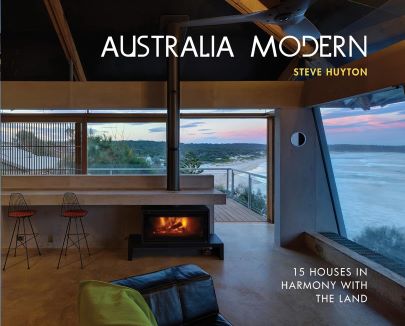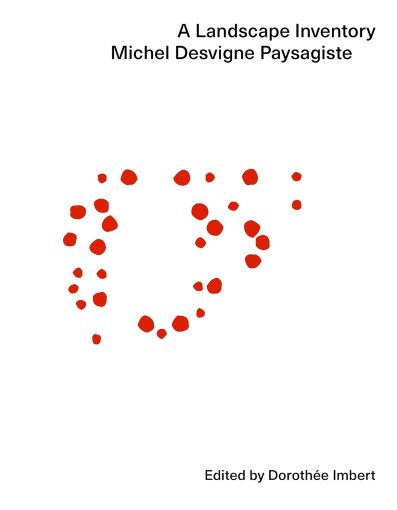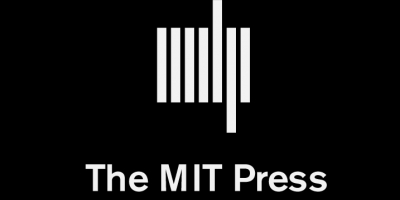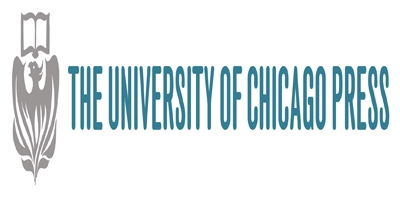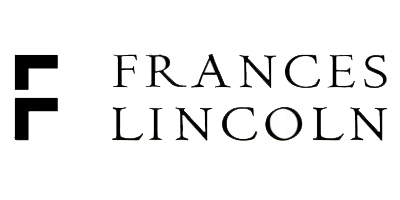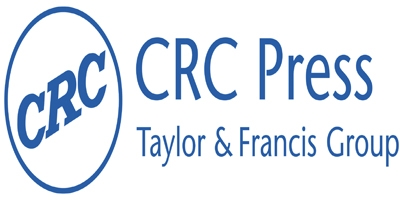Disponibilidad:
Notas:
Editorial: Chicago University Press
- Item #: 1622
- Edición:
- Isbn : 9781861893444
- Año: 2008
- Páginas: 320
- Pasta : blanda
$629.00
From the Reliance Building and Coney Island to the Kimbell Museum and Disney Hall, the United States has been at the forefront of modern architecture. American life has generated many of the quintessential images of modern life, both generic types and particular buildings. Gwendolyn Wright’s USA is an engaging account of this evolution from the late nineteenth century to the twenty-first. Upending conventional arguments about the origin of American modern architecture, Wright shows that it was not a mere offshoot of European modernism brought across the Atlantic Ocean by émigrés but rather an exciting, distinctive and mutable hybrid.
USA traces a history that spans from early skyscrapers and suburbs in the aftermath of the American Civil War up to the museums, schools and ‘green architecture’ of today. Wright takes account of diverse interests that affected design, ranging from politicians and developers to ambitious immigrants and middle-class citizens. Famous and lesser-known buildings across America come together--model dwellings for German workers in rural Massachusetts, New York’s Rockefeller Center, Cincinnati’s Carew Tower, Frank Lloyd Wright’s Taliesin West in the Arizona desert, the University of Miami campus, the Texas Instruments Semiconductor Plant, and the Corning Museum of Glass, among others--to show an extraordinary range of innovation.
Ultimately, Wright reframes the history of American architecture as one of constantly evolving and volatile sensibilities, engaged with commerce, attuned to new media, exploring multiple concepts of freedom. The chapters are organized to show how changes in work life, home life and public life affected architecture--and vice versa. This book provides essential background for contemporary debates about affordable and luxury housing, avant-garde experiments, local identities, inspiring infrastructure and sustainable design.
A clear, concise and richly illustrated account of modern American architecture, this timely book will be essential for all those who wonder about the remarkable legacy of American modernity in its most potent cultural expression.
#biblioinforma #Grupobiblioinforma




